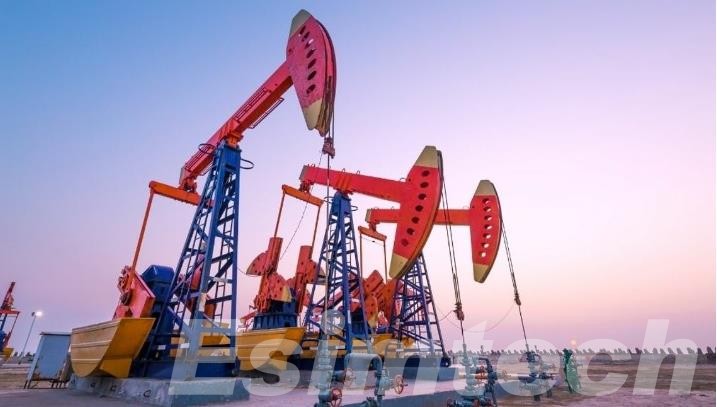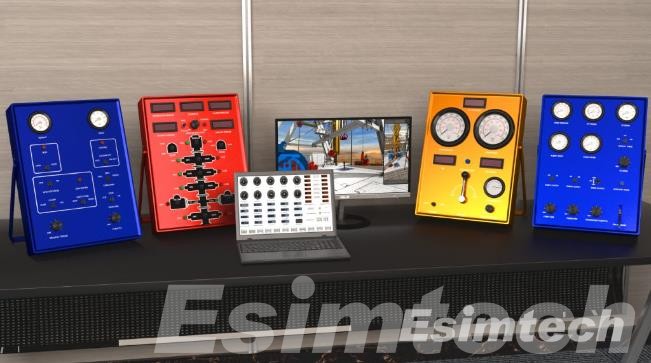What are Key Specialized Drilling Techniques in the Oil and Gas Industry
The oil and gas industry is one of the cornerstones of modern civilization, providing the energy resources that power economies and daily life. Central to this industry’s success is the art and science of drilling, which involves extracting hydrocarbons from deep beneath the Earth’s surface. In this article. we will delve into the drilling techniques used in the oil and gas sector, highlighting their significance in ensuring efficient resource extraction. The oil and gas industry demands precision, safety, and advanced technology to extract resources from challenging geological formations. Drilling is a multi-faceted process involving various techniques, each tailored to address specific challenges encountered during exploration, production, and extraction.

Rotary Drilling Techniques
The rhythmic rotation of a drill bit echoes like a heartbeat, an enchanting dance that ushers us on a profound journey into the Earth’s very crust. This mesmerizing choreography marks the essence of rotary drilling, a technique that has withstood the sands of time, morphing geological formations into pathways of boundless potential.
As the drill bit delves deeper, an essential companion emerges – drilling mud. This life-sustaining fluid courses through the well, akin to a lifeline, orchestrating a symphony of tasks. It cools the diligent drill bit, dutifully carries fragments of rock cuttings towards the surface, and deftly balances the subterranean pressures. Indeed, this fundamental technique is the genesis, the doorway to the hidden vaults of energy that lie beneath, embodying the oil and gas industry’s initial foray into the realm of abundance.
Directional Drilling Techniques
In the face of rugged landscapes and cryptic geological mysteries, directional drilling emerges as an illustrious symbol of human ingenuity. Comparable to an adept mariner navigating uncharted waters, directional drilling takes an audacious departure from conventions, skillfully mapping out one-of-a-kind trajectories. With grace reminiscent of an artist’s brushstroke, wellbores curve and contour, masterfully evading impediments while optimizing the yield of precious resources. This technique, a true work of innovation, seamlessly converts obstacles into opportunities, unlocking access to reservoirs previously thought untouchable, and leaving an indelible mark on the very tapestry of exploration’s terrain.
Horizontal Drilling Techniques
With the advent of horizontal drilling, the narrative of resource recovery undergoes a profound transformation. This technique not only redefines efficiency but also extends wellbores laterally through reservoirs, revolutionizing the very essence of extraction. The precision with which hydrocarbon-rich formations are accessed is unparalleled, effectively rewriting the rulebook of productivity and resource retrieval. Emerging as a cornerstone in the quest to unlock unconventional resources, horizontal drilling vividly embodies the industry’s unwavering dedication to innovation, poised at the forefront of reshaping energy exploration and exploitation.
Innovations and Automation of Drilling Techniques
As the oil and gas industry undergoes dynamic evolution, drilling techniques progress hand in hand, driven by the harmonious fusion of human ingenuity and state-of-the-art technology. This synergy is eloquently demonstrated through the integration of rotary steerable systems and top drive drilling, showcasing the seamless blend of oil and gas automation. The ability to make real-time adjustments to wellbore trajectories and the streamlining of operations underscore how these advancements heighten efficiency, precision, and safety, reflecting the industry’s commitment to achieving optimal performance while embracing the transformative power of modern techniques.
Drilling Simulation Techniques

Drilling engineering simulation refers to the use of computer-based models to simulate and analyze various aspects of the drilling process. Due to the high price of drilling equipment, and the bad environment on the construction site, which is very dangerous, in addition to the production professionals, other personnel is forbidden to access and enter the oil drilling production site. So these simulations are designed to help to drill engineers better understand the behavior of the wellbore and make more informed decisions about the drilling process.
In an era where technology merges with learning, drilling simulators have become invaluable tools. These virtual environments replicate real-world drilling scenarios, providing training for drilling personnel. Simulators hone skills, simulate challenging situations, and enhance decision-making under pressure. This fusion of technology and training ensures safer, more efficient drilling operations, reducing learning curves and minimizing operational risks.
In order to show the real oil drilling production site and train the relevant knowledge and skills, Esimtech has established a comprehensive 3d drilling and well control simulation, which completely reproduces the scene and working atmosphere of oil drilling work and improves students’ perceptual knowledge of drilling work site.
Conclusion
The oil and gas industry’s reliance on drilling techniques is akin to a voyage of discovery, charting uncharted depths beneath the Earth’s surface. From the rotary drills that have shaped the industry’s history to the cutting-edge technologies that define its future, drilling techniques represent the industry’s pioneering spirit and unwavering commitment to harnessing the Earth’s resources responsibly. As the energy landscape evolves, these techniques will continue to be the linchpin of exploration, unlocking energy treasures that power the world.
